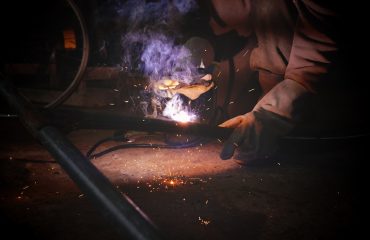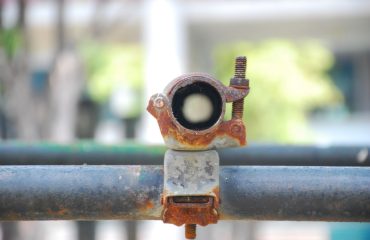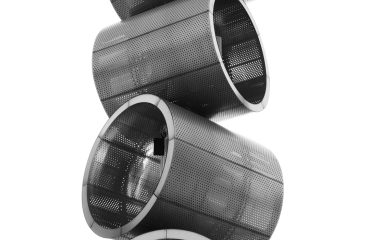High-pressure systems are essential in numerous industries, from chemical processing and power generation to oil and gas extraction. However, the inherent risks associated with high pressure demand rigorous safety protocols and unwavering vigilance. This comprehensive guide delves into the critical safety considerations for effectively managing these potentially hazardous environments.
1. Design Considerations for High-Pressure Safety
The foundation of a safe high-pressure system lies in its design. Careful consideration of materials, pressure ratings, and safety features is paramount. Materials must possess sufficient strength and corrosion resistance to withstand the operating pressure and the nature of the contained fluid. Pressure vessels should be designed and manufactured according to relevant industry standards (e.g., ASME Section VIII), incorporating features like pressure relief valves, rupture disks, and pressure gauges. Redundancy in critical components is often employed to mitigate single-point failures. Finite element analysis (FEA) is frequently used to simulate pressure conditions and identify potential weak points in the design. Proper design also includes incorporating easy access for inspection and maintenance, minimizing blind spots and simplifying the process of identifying potential problems.
2. Operational Procedures and Risk Assessment
Safe operation of high-pressure systems necessitates well-defined procedures and a thorough risk assessment. Before starting any operation, a comprehensive pre-start checklist should be followed, verifying the integrity of all components and the accuracy of pressure readings. Regular monitoring of pressure, temperature, and other relevant parameters is critical. Operators should be adequately trained on the system’s operation, emergency procedures, and the use of safety equipment. A robust risk assessment should identify potential hazards, evaluate their likelihood and severity, and outline mitigation strategies. This assessment should consider human error, equipment failure, and environmental factors. Regular safety audits and drills are crucial to maintain preparedness and identify areas for improvement.
3. Maintenance and Inspection: The Cornerstone of Safety
Preventative maintenance is a cornerstone of high-pressure system safety. Regular inspections, including visual checks, non-destructive testing (NDT) techniques like ultrasonic testing and radiography, and pressure testing, are essential to detect and address potential problems before they escalate. A comprehensive maintenance schedule should be developed and adhered to, outlining tasks such as cleaning, lubrication, and component replacement. Detailed records of all maintenance activities should be kept for traceability and compliance purposes. Proper documentation ensures that any issues are promptly addressed and that the system is maintained in a safe and reliable condition. This meticulous record-keeping also aids in identifying trends and potential areas for improvement in the maintenance process itself.
4. Emergency Procedures and Response Planning
Despite meticulous design, operation, and maintenance, accidents can still occur. A comprehensive emergency response plan is therefore essential. This plan should outline procedures for handling various scenarios, including pressure surges, leaks, and equipment failures. Emergency shut-down procedures should be clearly defined and regularly practiced. Emergency equipment, such as pressure relief valves, isolation valves, and personal protective equipment (PPE), should be readily accessible and in good working order. Training on emergency procedures should be mandatory for all personnel involved in the operation and maintenance of the system. Regular drills and simulations will help ensure that personnel respond effectively in a real emergency situation.
5. Regulatory Compliance and Safety Standards
Operating high-pressure systems requires strict adherence to relevant safety regulations and industry standards. These regulations vary depending on the location and the specific industry, but they typically cover aspects such as design, installation, operation, maintenance, and emergency procedures. Staying updated on the latest regulations is crucial to ensure compliance and maintain a safe working environment. Regular audits and inspections by regulatory bodies should be anticipated and proactively addressed. Maintaining detailed documentation of compliance efforts is essential for demonstrating adherence to regulations and mitigating potential legal liabilities. Understanding and adhering to these standards is not merely a legal obligation; it is a critical factor in preventing accidents and ensuring the safety of personnel and the environment.
In conclusion, ensuring safety in high-pressure systems requires a multi-faceted approach encompassing careful design, rigorous operational procedures, diligent maintenance, comprehensive emergency planning, and unwavering adherence to safety regulations. By prioritizing safety at every stage, industries can mitigate risks and create a safer working environment for all involved.
SEO Tags:
- High-pressure systems safety
- Pressure vessel safety
- Industrial safety regulations
- High-pressure system maintenance
- Process safety management




